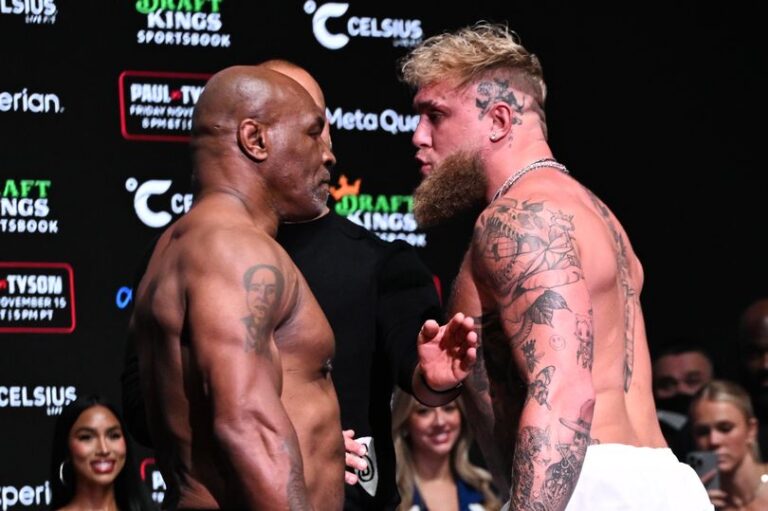Caitlin Clark’s Media Influence and the Liberty’s Visibility Struggles
In the ever-evolving world of women’s basketball, few athletes have sparked as much conversation as Caitlin Clark. The former Iowa standout has not only turned heads with her exceptional skills on the court but also drawn national media attention in a way that’s shifted the spotlight across the WNBA. Recently, Minnesota Lynx star Napheesa Collier weighed in on the impact Clark has had—not just as a player, but as a media phenomenon. Collier, known for being straightforward and grounded, didn’t hold back when sharing her thoughts on the new dynamics shaping the league’s exposure.
Collier acknowledged that Clark’s presence has undeniably boosted television ratings and broadened the audience for women’s basketball. It’s no secret that Clark brings eyes to the screen. Her college career helped break viewership records, and now that she’s joined the professional ranks, she’s continuing to attract national interest. Collier pointed out that while this is a net positive for the league, it’s also important to recognize how media narratives often concentrate on just a few players. This can overshadow other talented athletes and teams who also deserve recognition.
When it comes to media representation, Collier didn’t shy away from highlighting the disparity in coverage between different teams. One clear example she brought up was the New York Liberty. Despite boasting a roster filled with top-tier talent and consistently performing at a high level, the Liberty haven’t received the same level of attention as teams featuring headline-grabbing stars. For Collier, this isn’t just a matter of fairness—it’s about ensuring that the league as a whole benefits from balanced and widespread visibility.
Her comments reflect a broader sentiment echoed by many in the league: while the rise in attention is exciting, there’s a need for more inclusive storytelling. The focus shouldn’t rest solely on one or two players but should celebrate the depth and diversity of talent across all teams. Collier’s perspective serves as a reminder that while star power can open doors, the continued growth of women’s basketball depends on elevating the entire league ecosystem.
In the end, Collier’s candid take sheds light on the growing pains that come with progress. The WNBA is expanding its reach, gaining new fans, and entering more living rooms than ever before. However, to build a sustainable future, it’s crucial that the momentum includes everyone—from rookies to veterans, from small-market teams to perennial contenders. Her voice adds valuable nuance to the conversation, encouraging fans and media alike to look beyond the headlines and support the league in its entirety.






